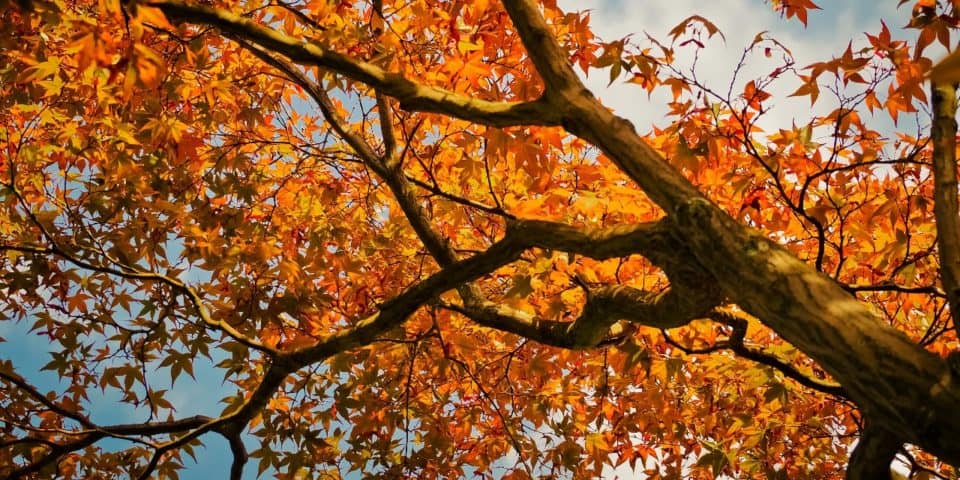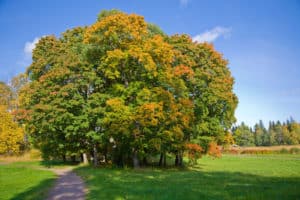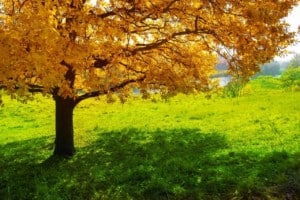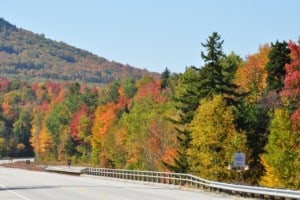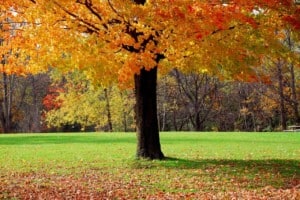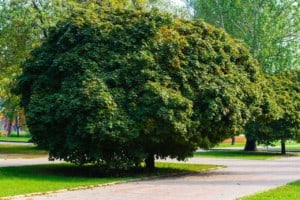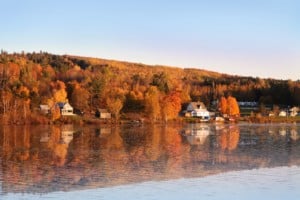Colorado is a gorgeous state with mountains and streams, making it the perfect place for people who love the outdoors. If you’re a tree-lover, you’ll definitely enjoy being there because a full one-third of the state is covered in forests, giving you a lot of options if you love viewing beautiful trees.
Contents
Most of the forests in the state are found in elevations below 11,500 feet, and when it comes to valuable timber, the Ponderosa pine is the tree harvested most for this purpose. Some of the most common trees in Colorado include the Colorado blue spruce, White fir, Rocky Mountain juniper, Limber pine, and the Narrow leaf cottonwood, among others.
There are both coniferous and deciduous trees found in Colorado, and this includes a total of seven types of maple trees. Because maple trees are great for providing shade and showing off their brightly colored leaves every fall, they are a very important tree type. If you’re looking for the perfect tree to plant in your yard, the maple is definitely a tree to be considered.
Below are descriptions of these maple trees, and you can get more detailed information by visiting various online resources.
1. Painted Maple (acer pictum)
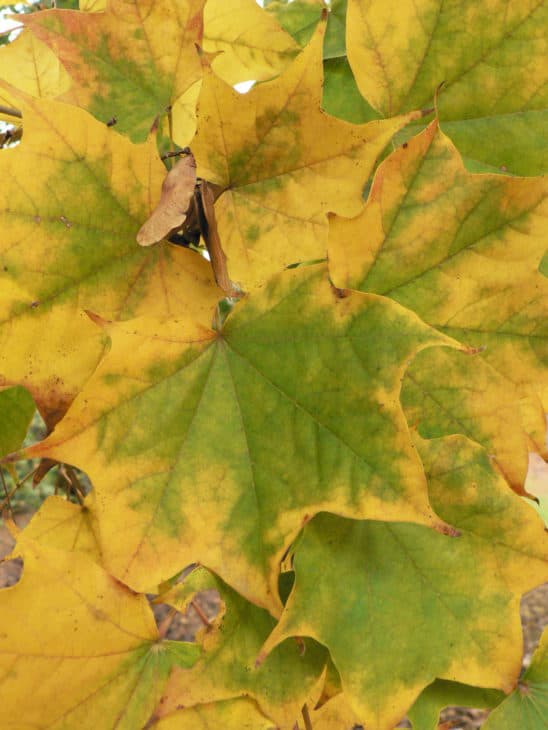
The painted maple tree is an Asian species that has five subspecies, and it is found throughout parts of China, Russia, Japan, Korea, and Mongolia. The tree gets to roughly 65 feet tall and has leaves that have three, five, seven, or nine lobes.
This is a fast-growing tree that is usually either round or shaped like a vase. When leaves first appear, they are a golden bronze in color, but they turn bright gold and crimson red in the fall once they mature. Resistant to sunburn, the tree is very strong and even produces attractive greenish-yellow flowers during certain times of the year.
2. Tatarian Maple (acer tataricum)
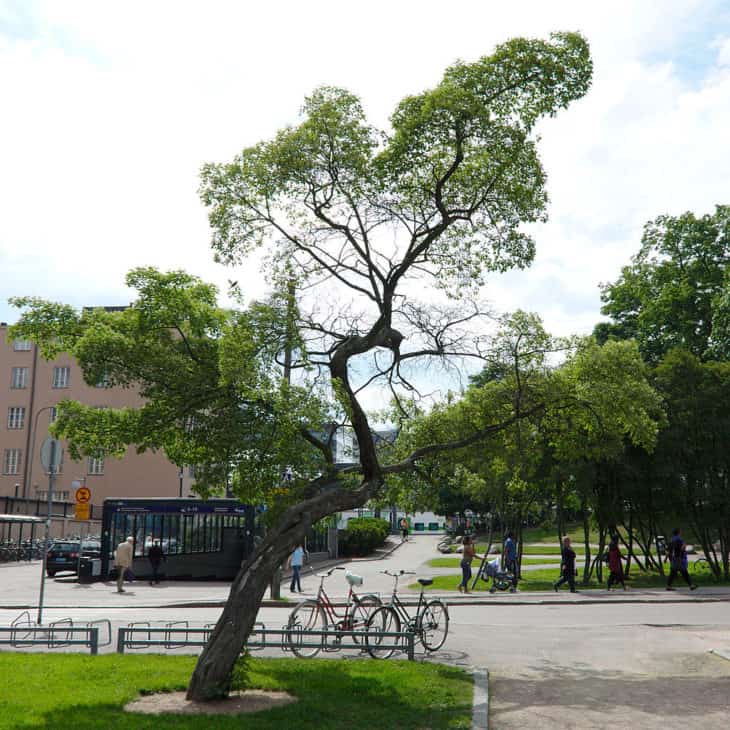
The Tatarian maple is found as either a shrub or a small tree that gets to no more than 39-feet in height. It is a slender tree with narrow branches and a trunk that is usually 8 to 20 inches in diameter. The three- or five-lobed leaves are a matte green color and are usually around four-inches long and three-inches wide.
In the eastern part of North America, the Tatarian maple tree is a naturalized tree, and it is used mostly for decorative use in various gardens both in the United States and Europe. In Russia, the wood of the tree is used to make farmland shelter belts.
3. Green Mountain Maple (acer spicatum)
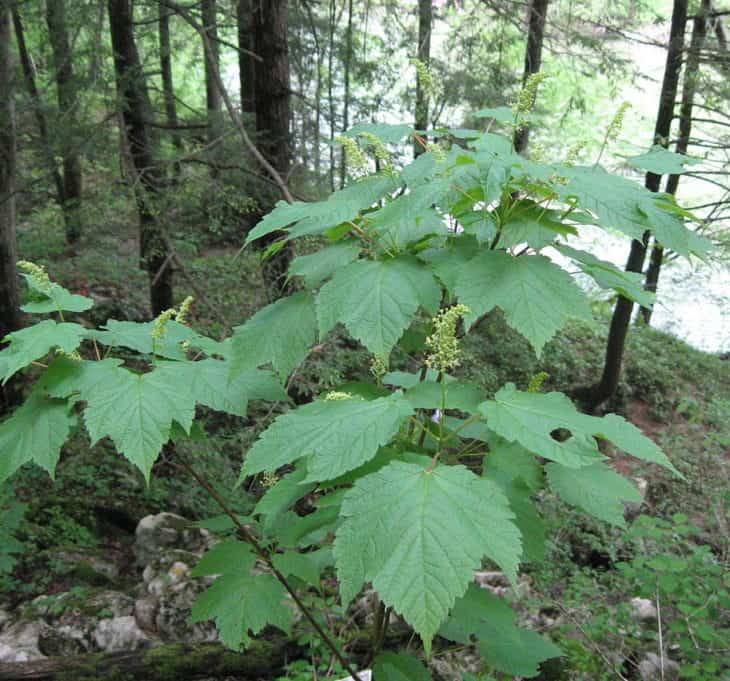
Growing from 10- to 25-feet tall, the Green Mountain maple is also known as a moose or dwarf maple. It is smaller than a lot of other maple trees and does well in higher elevations. The tree has a short trunk and branches that are very slender, and the 2.5- to 4-inch leaves have either three or five lobes.
One of the many uses of the Green Mountain maple is its sap, which is used to make maple syrup. It is also used in tanning leather because of the tannins in the bark. In the past, the twigs have been used in poultices and as treatment for stress and eye irritations.
4. Bigtooth Maple (acer grandidentatum)
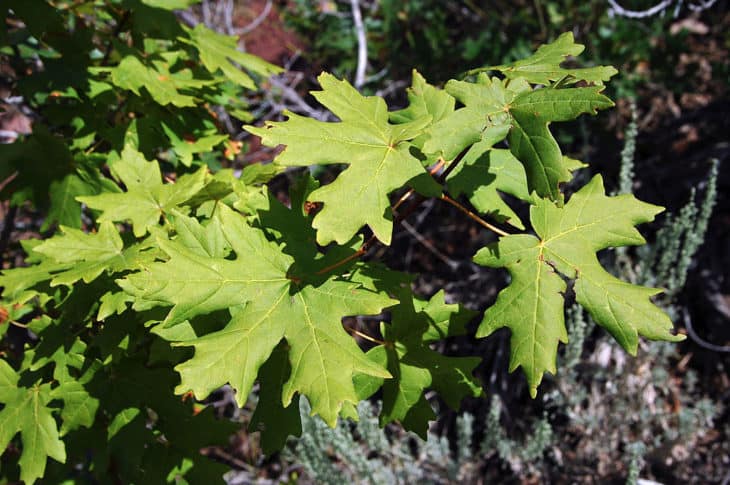
Found mostly in the western part of the United States, this is a medium-sized tree that gets from 33- to 49-feet in height and has a trunk that is 8 to 14 inches in diameter. The leaves get up to nearly five-inches in length and is so close to the Sugar maple that some botanists actually consider the Bigtooth maple a subspecies of the Sugar tree.
The Bigtooth maple tree grows well in rocky terrain, and although it is used mostly as a decorative tree, the sweetest saps are used to make syrup.
5. Red Maple (acer rubrum)
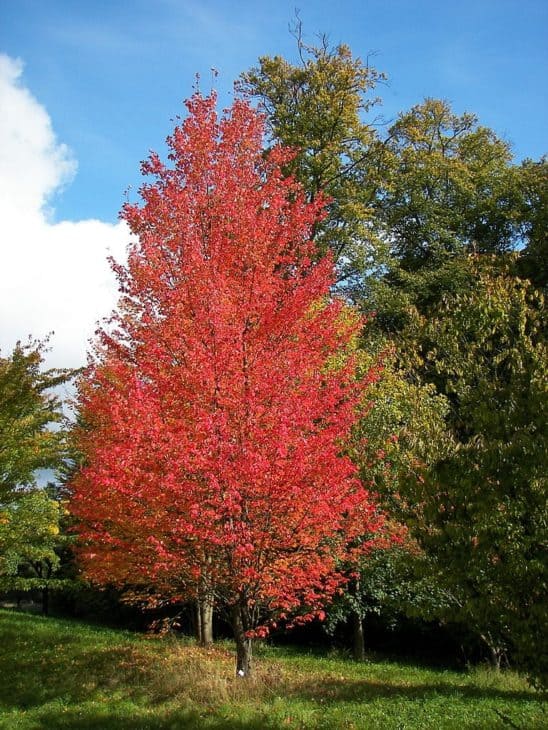
Also called the soft maple, this is the most abundant native tree in the eastern part of the United States like Maryland and New Jersey, and it gets up to 100 feet high. It is also a tree that is easy to grow because it can adapt very well to a wide variety of site and soil conditions.
Perfect for urban and rural areas because of its large root system, the red maple has wood that is used for items such as veneer, furniture, and musical instruments, to name a few. Of course, it is also one of the many maple trees used in the production of yummy syrup.
6. Sugar Maple (acer saccharum)
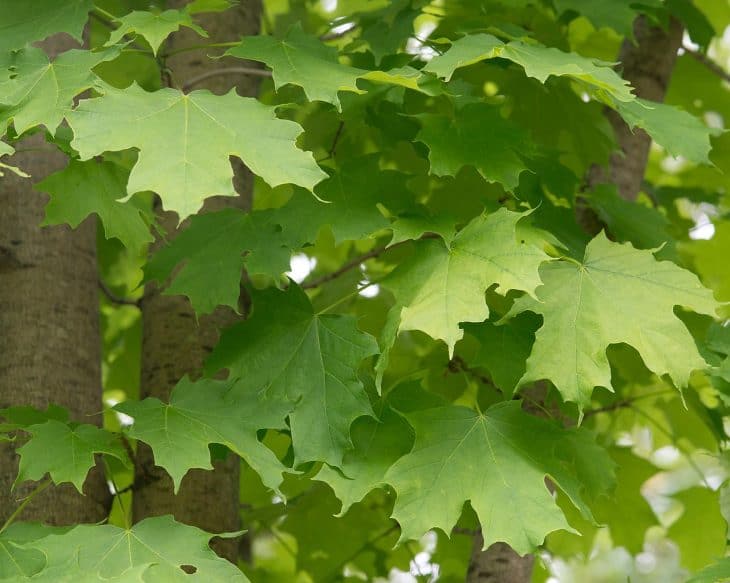
The sugar maple, not surprisingly, is the number-one tree used in the production of maple syrup, and it can get up to 115 feet tall. Some, however, have reached heights of 150 feet, which makes this an amazing-looking tree indeed. The sugar maple is also called the rock maple.
The five-lobed leaves of the sugar maple tree are a regal-looking eight inches long and have fall colors that include yellow, orange, and bright orange-red. Commonly found in public and urban areas because of its size, this is a great tree to plant in areas such as parks, gardens, and many others.
7. Autumn Blaze Maple (acer freemanii)
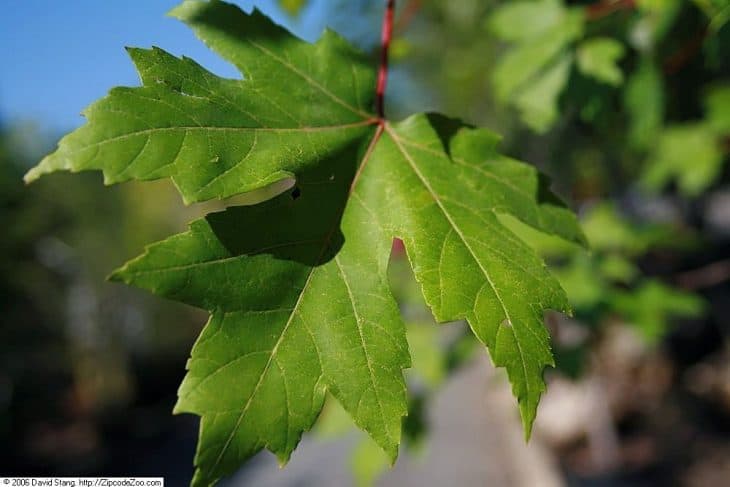
There are many cultivars of the autumn blaze maple tree, which is also called the Freeman maple tree, and these include the Morgan, Firefall, Jeffersred, Sienna Glen, and the Armstrong, among others. In addition, like other maple trees, the autumn blaze maple tree has gorgeous bright-red fall leaves and a tall, slender trunk.
Also a neat-looking tree that grows very even and almost patterned, it is perfect for lining your landscape and for showing off in public and outdoor areas of many kinds.

